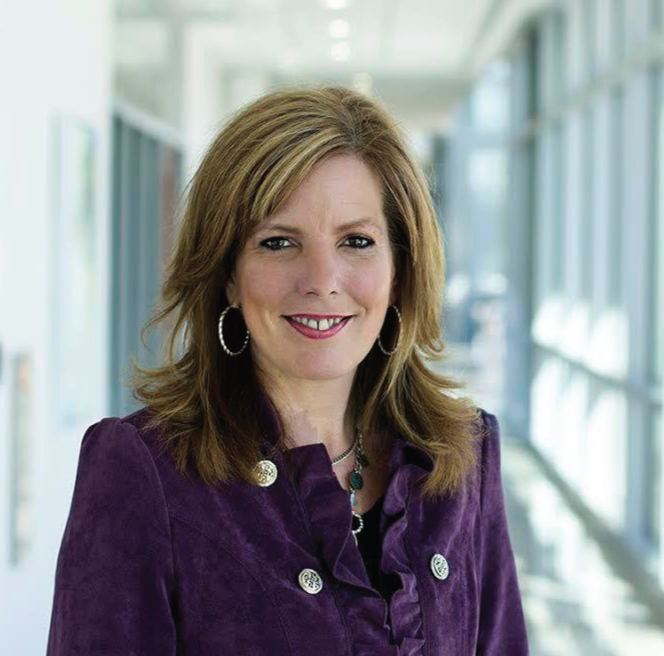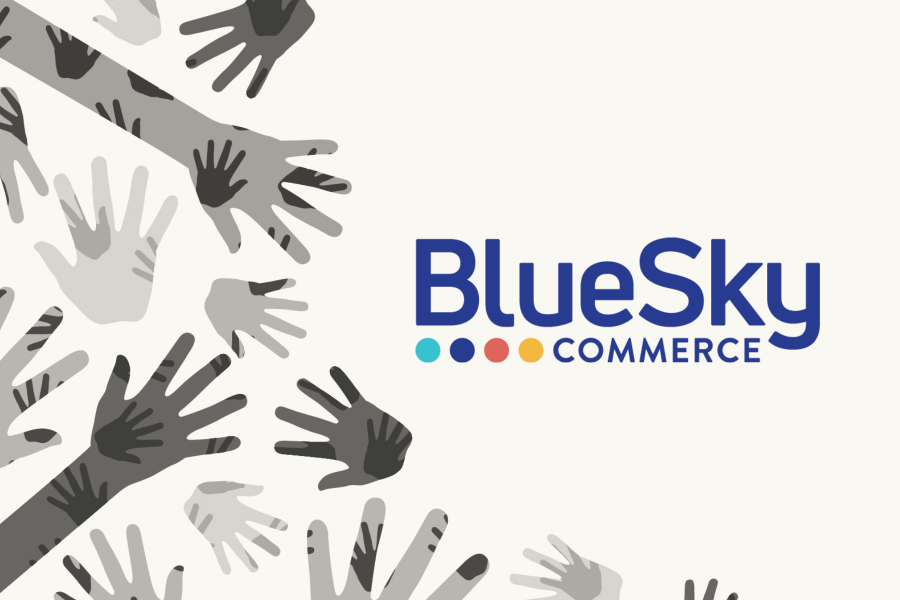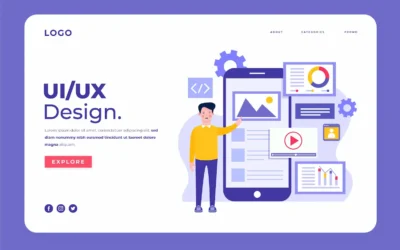There is likely no better industry to adopt digital strategies than the not-for-profit industry. And now is the time nonprofits should begin looking at their digital transformation strategies as they head into year-end fundraising activities. By integrating digital engagement with your stakeholders, you can deliver the right stories, messaging, and fundraising asks based on each individual donor. People give because they connect with the cause. Digital enables you to have a broader reach, a planned donor strategy, and a way to build the relationship to grow the donor’s commitment by sharing your outcomes, stories, and needs in a much more individualized way. There will always be the need and desire for that individual, in-person relationship that digital cannot replace; however, adopting a hybrid approach of human and digital connections will help transform your outcomes. A great way to start developing your digital strategies is to look at the retail sector and how eCommerce strategies can be integrated into your own fundraising plan.
As someone who has sat on a wide variety of boards and has been a donor and volunteer for more than 25 years, I have witnessed the moments when someone makes a connection with the cause, and this connection is both magical and life-long when properly cultivated. As a managing director of marketing for a commerce consultancy and digital agency, my team has created the same types of moments between brands and buyers. In essence, the process is the same and the focus is on connections and experiences.
Five ways your nonprofit can adopt eCommerce strategies to amp up your 2021-2022 giving:
1. Insights are your friend
Data is a driver when it comes to managing your fundraising efforts. Understanding the framework of your fundraising efforts today will help you identify gaps or opportunities with your donors and stakeholders. You likely have captured data to show organizational outcomes as you need this information to apply for grants or to show mission advancement.
Capturing your fundraising opportunity data is different, and often looked at only as email opens, event giving, and year-end appeal outcomes. To identify the data that drives your digital strategies, begin by pulling analytics from your online traffic and user interactions along with individual donor data. Donor data includes giving levels, wealth markers, business affiliations, geographic locations, involvement in the mission, and length of giving.
Much of this information will enable you to start planning how to provide individual online experiences with your mission and organization. Digital experiences allow you to cast a much broader net by removing barriers such as geographic locations and internal resource allocation or availability.
If you don’t have Google Analytics or some type of web analytics, the first thing I would recommend is adding it. Google Analytics allows you to track:
- Web traffic sources: organic, social, referral, etc.
- Average website duration and user flow: If users are landing on your home page and bolting, then the likely first strategy is to improve the look, feel, and content on the home page. You also want to look at keywords that drive traffic to your website. Are people coming and finding what they searched for? Are they connecting with your messages and your content overall?
- Conversion or donation rates: Are people coming to your site and taking action? Is it easy for them to take action where they have landed on the site?
- Accessibility and ADA compliance: Is your site optimized for all – even those who have ability challenges?
2. Develop personas based on your level of donors
The best way to give your donors a unique and exceptional experience is to have a deep understanding of the behaviors and beliefs of your donor groups. A persona represents not just one donor but a profile of a group of current donors that you’ve identified as your target donor group or groups. These ‘personas’ humanize your donors, identifying key characteristics, attributes, and qualities in a way that enables you to build a framework around the right messaging, motivators, and level of engagement needed to set up your marketing strategy accordingly. In order to do this, interview and profile some of the key donors you currently have. Questions to answer:
- Who are they? Demographics such as gender, age, and education.
- What is their job? Data such as title, company size, industry, and general job responsibilities.
- What is a day in their life like? Describe what an average day is like for them, who they are dealing with, and what decisions they are making.
- What are their primary passions? Describe what their passions are, past hobbies, other charities they invest in, uncover their motivators.
- What do they value most and what are their goals? Explain what they value most in making a donation (recognition, hearing about the impact, etc.). What is important to them most when donating and why?
- Where do they go for information? Identify the primary sources they use to gather information in their research and purchase decision process (social media, website, charity rating systems, etc.).
- What’s important to them in selecting a charity or mission? What keeps them donating?
After you have answered these questions based on your existing donors or what you believe is your ideal donor group, humanize your persona. Give this ideal donor a real name and put a picture with it to signify this is a one-to-one relationship with this person. Then list the needs, wants, desires, and the “why” when considering donating to your mission. Keep these personas in mind every time you prepare to meet or secure a donor. Hubspot makes a great persona generator tool that you can try out for free!
3. Map your donor journey
Now that you know your donor’s behaviors and profile, map out all of your opportunities with this donor from acquisition to repeat donations. How will you stay in front of them? Much like a roadmap connects your streets and your end location, you want to build out a map that your donor will take to forge and develop their relationship with you. You must lead the way for them to get to their passion and, ultimately, to connect with your mission.
With digital marketing you have many opportunities to set up a touchpoint map that includes email campaigns, social media, retargeting after they come to your website, targeted social and Google campaigns, and so on.
Google Ad Grants provide free dollars to run targeted campaigns. These campaigns are a great way to get you set up for success and in front of your ideal donor persona. To learn more about these grants and to sign up, visit their site and apply.
4. Meet your donor where they are
The key to driving connections and forming deep relationships is to always be conscious of your donor and what they need from you and how they need it. If the pandemic taught the retail markets and businesses anything, it was to think outside of the box and look directly at the customer to deliver solutions that customers wanted. Restaurants began delivering, providing online ordering, and creating unique delivery solutions. Grocery stores used technology to quickly enable their customers to click and select their choices, and then either pick them up or have them delivered. Shopping retail stores moved more online and allowed you to either pick up or have your products delivered – most often waiving shipping fees.
The point is, not every donor wants or can attend a black-tie event or golf outing. Not every donor wants recognition. A potential donor may actually be most interested in volunteering, so create opportunities to involve and connect in a manner that works for him/her.
I’ve personally seen where organizations have thrived just by opening up their mind to new ways to look at the individual needs of the donors. Online giving days are a great example of reaching donors all over the world that now connect because the mission was made available to them.
5. Use influencers to help you broaden your net
Influencer marketing and ratings are key to any retail business. Word of mouth marketing is the quickest way to get your story out from the already involved and passionate. You likely have donors today who are influencers in their business network or are connected. Since you now have a profile of your ideal donor and their behaviors, attributes, and demographics, look for influencers who are similar to your persona, and likely you now have access to this broader pool of potential connections.
After you identify your influencers, provide them with stories, outcomes, and content they can easily share and promote for you. Influencers who have strong social networks are a must and providing them with videos, infographics, and tags is essential to ensuring they have everything they need to connect you. Influencers become your greatest advocates, and adding an influencer strategy into your donor relations and fundraising strategies should be a priority.
As eCommerce experts at BlueSky Commerce, these tools are invaluable in creating genuine experiences with your target audience. As a fundraiser myself, I use these tools day in and day out for the nonprofits I serve in order to drive significant advancements in donor relations. As in any sales cultivation process, getting to the right target in the least amount of time is where you move the needle. These five tools will help you and your mission gain the type of traction retailers achieve every day. If you are interested in learning more, our team is more than happy to provide a free consultation and give you some further examples for creating your digital strategy.
Let’s Talk Marketing





